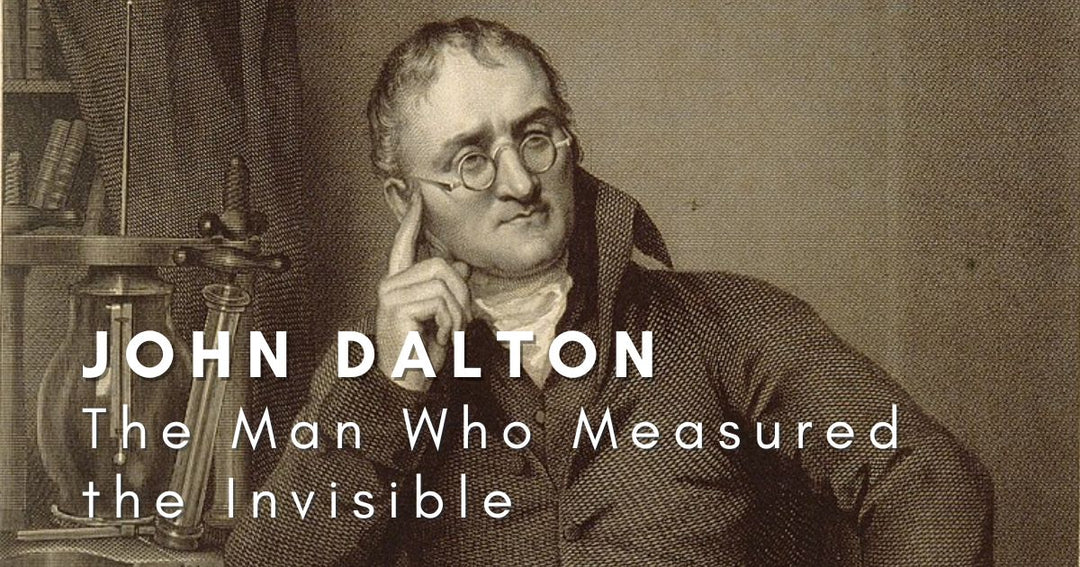The Mystery of Fermat's Last Theorem

The story of how a simple equation a schoolchild could understand vexed the world's greatest mathematicians for hundreds of years.
In the 17th century, mathematician Pierre de Fermat was finding solutions to the equation

When n= 2 there are infinite solutions and can be tackled by school children learning Pythagoras.

32 + 42 = 52 for example.
But when n = 3, 4, or any number greater than 2, were there any solutions?
Fermat wrestled with the problem and failed to find many solutions. He then asked the question: are there any solutions at all?
After struggling with the problem he found a proof that there were no solutions for xn + yn = zn when n >2.
The evening of his discovery he read Arithmetica by the Greek mathematician Diophantus and cryptically scribbled a note in the margin stating
"I have a truly marvellous proof which the margin of this book is too small to contain"

Fermat never lived to write his proof and the only evidence he left was this note discovered by his son after his death.
And so began a problem tackled by the greatest mathematical minds of all time such as Euler, Gauss, Germain, Hilbert, and hundreds of others to solve what became known as Fermat’s Last Theorem.

For hundreds of years, all were defeated until the 1960s when 10-year old Andrew Wiles came across Fermat, and immediately he was hooked. For his teenage years and early adult life, he spent years obsessively questioning, reading, researching, anything he could do to solve Fermat.

But by his 30s he had given up until by chance a paper crossed his desk about the obscure Taniyama-Shimura Conjecture published in the 1950s. To the uninitiated this seemingly had nothing to do with Fermat however Wiles instantly realised that if he proved Taniyama-Shimura it would lead to a proof of Fermat.
Inspired, he abandoned his research and worked in complete solitude for 7 years obsessing over the problem. In 1993 after 7 long years working he realised he had proved Taniyama-Shimura and therefore had Fermat in his grasp.
He emerged and presented his findings at the Newton Institute in Cambridge in 1994 to an incredulous mathematical community.

However...
Upon review one small but critical mistake was found and Wiles was in danger of being another mathematician who claimed to have solved Fermat only to suffer ridicule from his peers.
Wiles retreated and for one more year worked to rectify his mistake only to find with every correction his proof unraveled even further. Close to admitting defeat he contacted his old student Richard Taylor and together they submitted a final proof and after 358 years the problem, tackled by some of the greatest minds in history, was solved and Wiles stood atop them as the conqueror of Fermat's Last Theorem.

In honour of Wiles and other giants of maths, we included Fermat's Last Theorem and many other seminal equations on our math notebook and mugs








I agree with the conclusions of your article,
therefore I suggest you read the following paper, which after 385 years has rediscovered what Fermat had in mind.
See https://www.mdpi.com/2227-7390/10/23/4471
see https://www.mdpi.com/2227-7390/10/23/4471
On the Nature of Some Euler’s Double Equations Equivalent to Fermat’s Last Theoremby Andrea Ossicini
In this work, I provide a new rephrasing of Fermat’s Last Theorem, based on an earlier work by Euler on the ternary quadratic forms. Effectively, Fermat’s Last Theorem can be derived from an appropriate use of the concordant forms of Euler and from an equivalent ternary quadratic homogeneous Diophantine equation able to accommodate a solution of Fermat’s extraordinary equation. Following a similar and almost identical approach to that of A. Wiles, I tried to translate the link between Euler’s double equations (concordant/discordant forms) and Fermat’s Last Theorem into a possible reformulation of the Fermat Theorem. More precisely, through the aid of a Diophantine equation of second degree, homogeneous and ternary, solved not directly, but as a consequence of the resolution of the double Euler equations that originated it, I was able to obtain the following result: the intersection of the infinite solutions of Euler’s double equations gives rise to an empty set and this only by exploiting a well-known Legendre Theorem, which concerns the properties of all the Diophantine equations of the second degree, homogeneous and ternary. The impossibility of solving the second degree Diophantine equation thus obtained is possible using well-known techniques at the end of 18th century (see Euler, Lagrange and Legendre) and perhaps present in Fermat’s brilliant mind.
Wiles instantly recognized that if he proved Taniyama-Shimura …
No he didn’t. It was Gerhard Frey who showed that Taniyama-Shimura implies Fermat by constructing an eliptic curve from Fermat’s equation such that if Fermat had solutions then the curve would not be modular… this would contradict Taniyama-Shimura (so if the latter holds, then Fermat can’t have solutions as desired).
Leave a comment